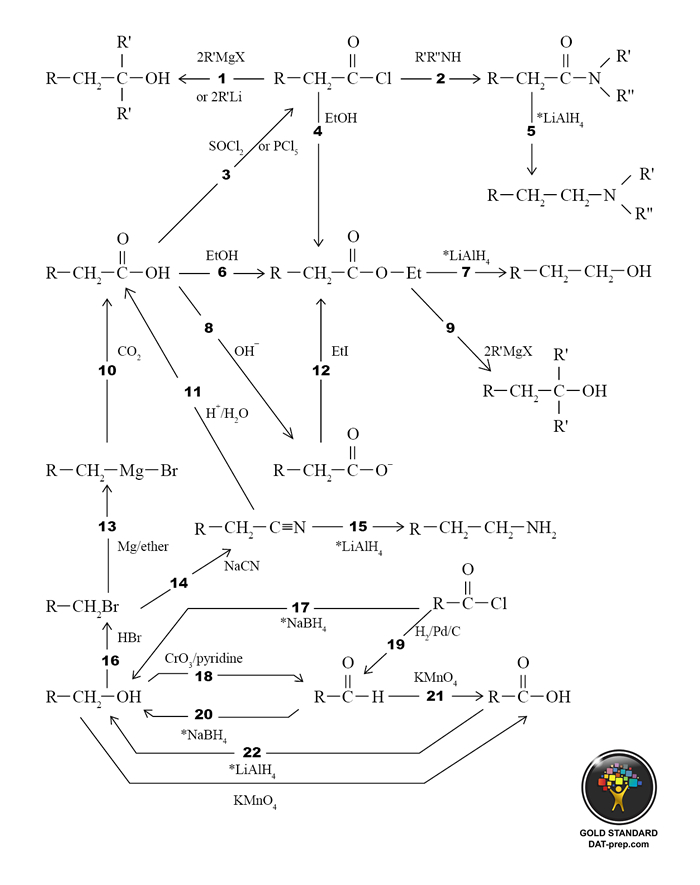

This course is based on the 2019 edition of Karen Timberlake’s text General, Organic and Biological Chemistry: Structures of Life.

In this 12-week, online course, you will receive an introduction to basic chemistry topics and areas of organic and biochemistry not usually covered in typical single-semester college chemistry, including: unimolecular nucleophilic substitution reactions: 2 steps 1. As a product of grapes, wine is a complex solution of ethanol, organic acids, phenols, proteins and more. Winemaking involves much more than just general physical chemistry.
#ORGANIC CHEMISTRY REACTION MAKER PROFESSIONAL#
Designed as a prerequisite for UC Davis Continuing and Professional Education’s Winemaking Certificate Program, this course provides an introduction to the basic tenets of general, organic and biological chemistry and serves as a foundation for understanding the science behind the winemaking process. The Nobel season continues on Thursday with the much-anticipated prize for literature and with peace on Friday before the economics prize winds things up on Monday, October 11.Has your lack of chemistry and science background kept you from pursuing your dream of being a winemaker? Or did you take chemistry so long ago that your science training is only a distant memory? Then this course is for you. You do not need to memorize every single reaction to score well on the organic chemistry section. I have constructed the following reaction sheet to expose you to every reaction that could possibly show up on the DAT. A major part of the DAT organic chemistry section is knowing your reactions.

Last year, the Nobel went to Frenchwoman Emmanuelle Charpentier and American Jennifer Doudna, for developing the gene-editing technique known as CRISPR-Cas9 - DNA snipping "scissors". It is necessary to draw structural formulas for organic compounds because in most cases a molecular formula does not uniquely. Organic Chemistry Reaction Summary Sheet. In 2000, the researchers, working independently of each other, developed a third type, called "asymmetric organocatalysis", which relies on small organic molecules.Īhead of this year's announcement, analysts said the field was wide open.Īccording to Clarivate, which maintains a list of potential Nobel Prize winners, more than 70 researchers had what it takes to be considered for the prize in chemistry, given the thousands of citations they have received in scientific papers. "This work requires catalysts, which are substances that control and accelerate chemical reactions, without becoming part of the final product," it added, noting that prior to the work of the laureates, scientists believed there were only two types of catalysts, metals and enzymes. "Many research areas and industries are dependent on chemists' ability to construct molecules that can form elastic and durable materials, store energy in batteries or inhibit the progression of disease," the Nobel Committee at the Royal Swedish Academy of Sciences said in a statement. MacMillan is a professor at Princeton University in the US, while List is a director at the Max Planck Institute in Germany. List and MacMillan, both 53, will share the 10-million-kronor ($1.1-million, one-million-euro) prize.


 0 kommentar(er)
0 kommentar(er)
